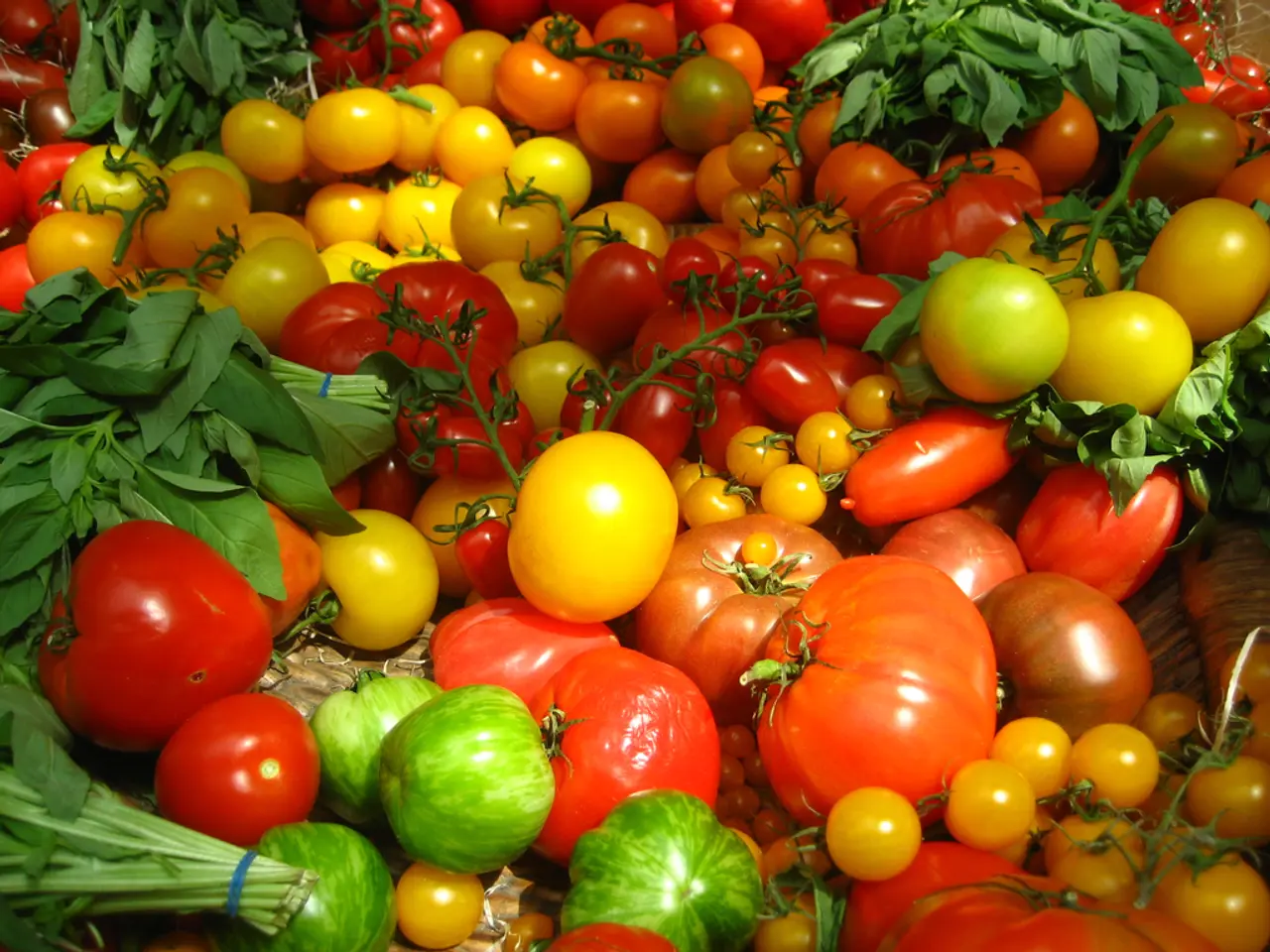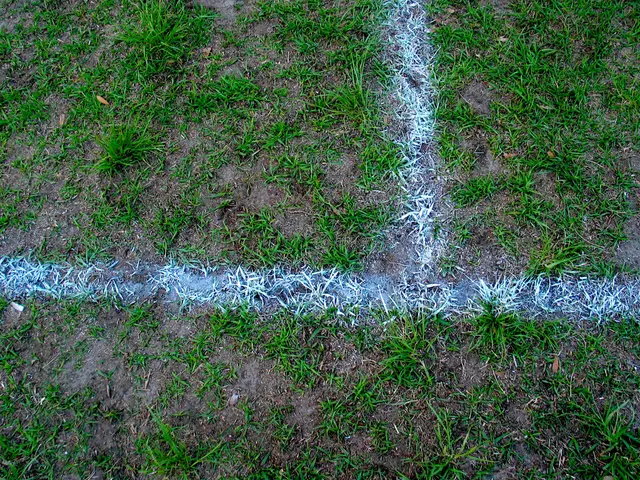Cultivate edibles in April
Growing Your Own Fruit and Vegetables: A Guide
Gardening enthusiasts, grab your gloves and get ready to cultivate a bountiful harvest! In this article, we'll walk you through the process of growing asparagus, courgettes, and squash, along with some tips for bean supports and soft fruit bushes.
Asparagus
Home-grown asparagus is a treat worth savouring, with a richer taste compared to store-bought varieties. To start, plant asparagus crowns in a 20cm deep trench with a 10cm high hump. These crowns should be planted now for a new bed. The soil should have good drainage and plenty of organic matter, especially in heavy soil. After planting, soil is pulled back over just to cover the crown, then gradually filled back up as shoots appear.
Asparagus plants take at least 2 years before they can be harvested, and they are replanted every 8-10 years. Spears are harvested by cutting into the soil.
Courgettes
Courgettes, also known as zucchini, are versatile plants that can feed a family and neighbours. To sow courgette seeds, plant them about 1 to 1.5 inches deep in warm soil, spacing them 12 to 24 inches apart depending on the variety. For indoor starting, seeds can be sown individually about 1.5 cm deep in small pots on a warm sunny windowsill, then transplanted outside after the frost danger has passed. For direct outdoor sowing, plant in late May to early June in warm soil, covering with cloches until seedlings emerge.
To increase harvest, pick courgettes regularly when fruits reach about 10-12 cm (4-5 inches). Protect young plants from frost with cloches or insulation if sowing early outside.
Squash
Squash stores well into winter but takes up a lot of space. Squash seeds such as Black Beauty zucchini are planted 1 inch deep in hills 1 foot in diameter spaced widely (about 6 feet between hills), starting indoors or sowing outside after frost, with germination in 5-10 days at soil temperatures between 65-85°F (18-29°C). In general, plant 2 seeds per hole to ensure good germination, thinning later to the strongest seedlings.
Beans
Bean supports can be built now for the summer crop. Bean supports should be braced with horizontal poles and secured for summer winds and the weight of the crop. Canes for bean supports should be pushed in the ground by at least 30cm.
Soft Fruit Bushes
Fertilise moist ground before applying fertiliser to soft fruit bushes. Granular fertiliser should be sprinkled around the base of soft fruit bushes now. A thick layer of compost mulch should follow the application of fertiliser. Water the soil before applying fertiliser if it hasn't rained recently.
Rosie Yeomans, a gardening enthusiast, grows one green, one yellow, and one striped variety of courgettes.
Happy gardening, and may your garden flourish with delicious home-grown produce!
Incorporating home-and-garden activities, this guide not only explains growing asparagus and courgettes but also offers tips on gardening, such as building bean supports and preparing soft fruit bushes for fertilization. Rosie Yeomans, a gardening enthusiast, successfully cultivates a variety of courgettes in her home garden.




